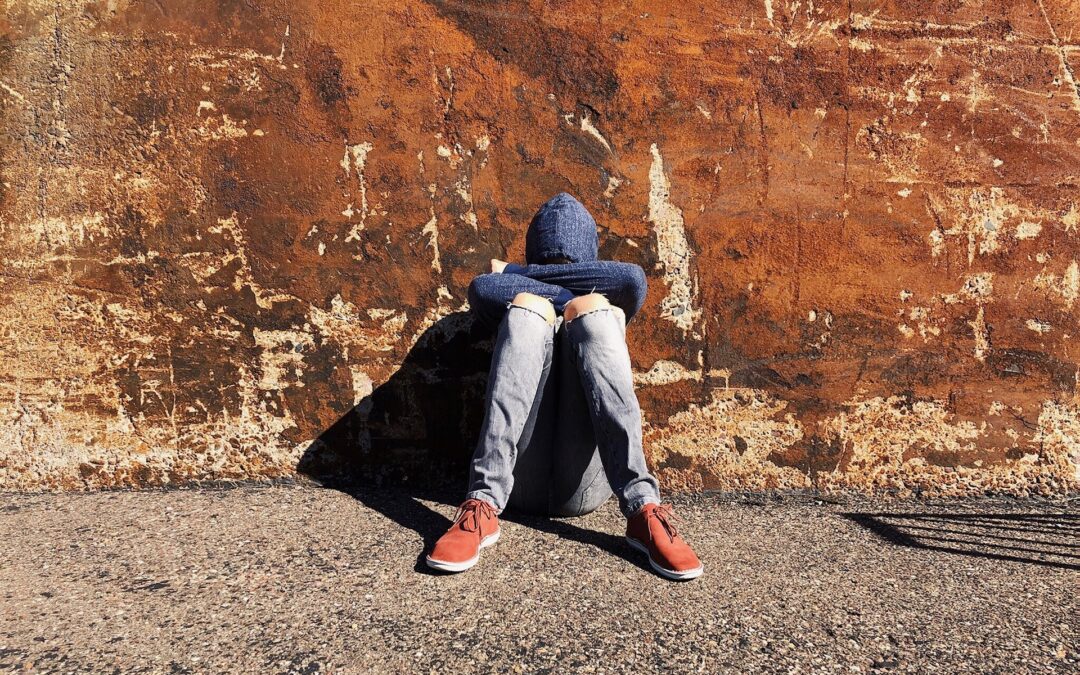Factors affecting anxiety-related symptoms, diagnosis, and treatment among college student-athletes in the National College Health Assessment.
Edwards B, and Froehle AW. J Athl Training. 2023, [epub ahead of print]. Doi: 10.4085/1062-6050-0334.22.
Full Text Freely Available
Take-Home Message
Eight in 10 college student-athletes report feeling overwhelmed, and almost half report overwhelming anxiety. Yet, less than 1 in 4 of these students report receiving a diagnosis or treatment.
Background
College athletes are under significant stress due to the demands of being athletes and students. About half of college student-athletes report feeling overwhelming anxiety in a year, but only 12% of athletes report receiving an anxiety diagnosis. This would suggest that many athletes experience anxiety but may not seek treatment. If we knew which factors related to anxiety symptoms and treatment avoidance, we might better identify and assist high-risk student-athletes.
Study Goal
Edwards and Froehle analyzed 8 years of data to examine the factors related to anxiety symptoms and treatment avoidance.
Methods
Researchers obtained data from the National College Health Assessment. The data, which spans 8 academic years, was anonymously reported by students in participating institutions and included extensive demographic information such as year in school, self-identified gender, sexual orientation, race/ethnicity, international student status, and history of mental health treatment. The researchers included only respondents classified as “varsity athletes” through their answers to specific survey questions. The researchers excluded students participating in only club or intramural sports. The survey included “yes” or “no” questions that helped researchers group respondents into 3 groups: 1) “not diagnosed/treated”, 2) “diagnosed but not treated”, and 3) “treated”. The researchers explored 8 factors that may be related to anxiety-related diagnosis and treatment: 1) year in school, 2) gender, 3) sexual orientation, 4) race/ethnicity, 5) school type, 6) international student, 7) history of mental health treatment, and 8) history of anxiety impeding academic performance.
Results
A total of 51,882 student-athletes completed the surveys and met the inclusion criteria. At least 8 in 10 respondents (83%) reported feeling “overwhelmed by all you had to do,” and 48% reported “overwhelming anxiety”. Within these responses, female and nonbinary athletes consistently reported more symptoms than males. Furthermore, White or biracial/multiracial students, those with a mental health treatment history, and US students were more likely to report symptoms than Black students, those without a mental health treatment history, and international students, respectively.
Among athletes reporting overwhelming anxiety, only 23% of respondents reported receiving either a diagnosis or treatment (~72% received both; ~28% had an untreated diagnosis). An untreated diagnosis was more common among those without a history of mental health treatment versus those with a history.
Viewpoints
A large portion of student-athletes report anxiety, yet many do not seek treatment or diagnosis. The data presented in this study also identified factors associated with feeling “overwhelmed by all you had to do” or “overwhelming anxiety”. These included gender, sexual orientation, race/ethnicity, and a history of mental health treatment. These analyses are limited because they only offer a snapshot of each athlete. We don’t know how our student-athletes change over time and how things relate to the onset or worsening of anxiety symptoms. Despite these limitations, these results paint an alarming picture of 8 in 10 student-athletes reporting feeling overwhelmed and almost half reporting “overwhelming anxiety”. Furthermore, less than 1 in 4 student-athletes with overwhelming anxiety report receiving a diagnosis of treatment. Collectively, these results suggest we are failing to address the mental health needs of our college student-athletes, and we lack a complete picture of younger athletes.
Clinical Implications
Clinicians should be aware that, more than likely, the athlete in front of them is feeling overwhelmed. Clinicians should be mindful of the signs and symptoms of mental health concerns and have an appropriate and empathetic plan to assist their athletes in obtaining the appropriate treatment when warranted. Furthermore, many student-athletes never seek mental health care, highlighting a need to reduce stigma and increase awareness among athletes about mental health treatments.
Questions for Discussion
What changes have you observed regarding student-athlete mental health awareness, recognition, and treatment-seeking? What strategies do you take to screen student-athletes to identify those at a high risk of feeling overwhelmed?
Written by Kyle Harris
Reviewed by Jeffrey Driban
Related Posts
You’re Not Alone – Depression, Stress, and Anxiety in the Locker Room
You’re Not Alone – Depression, Stress, and Anxiety on the Sports Medicine Team
High School Sport Specialization May Increase Depression Risk
Many NCAA Clinicians Fail to Screen Mental Health


